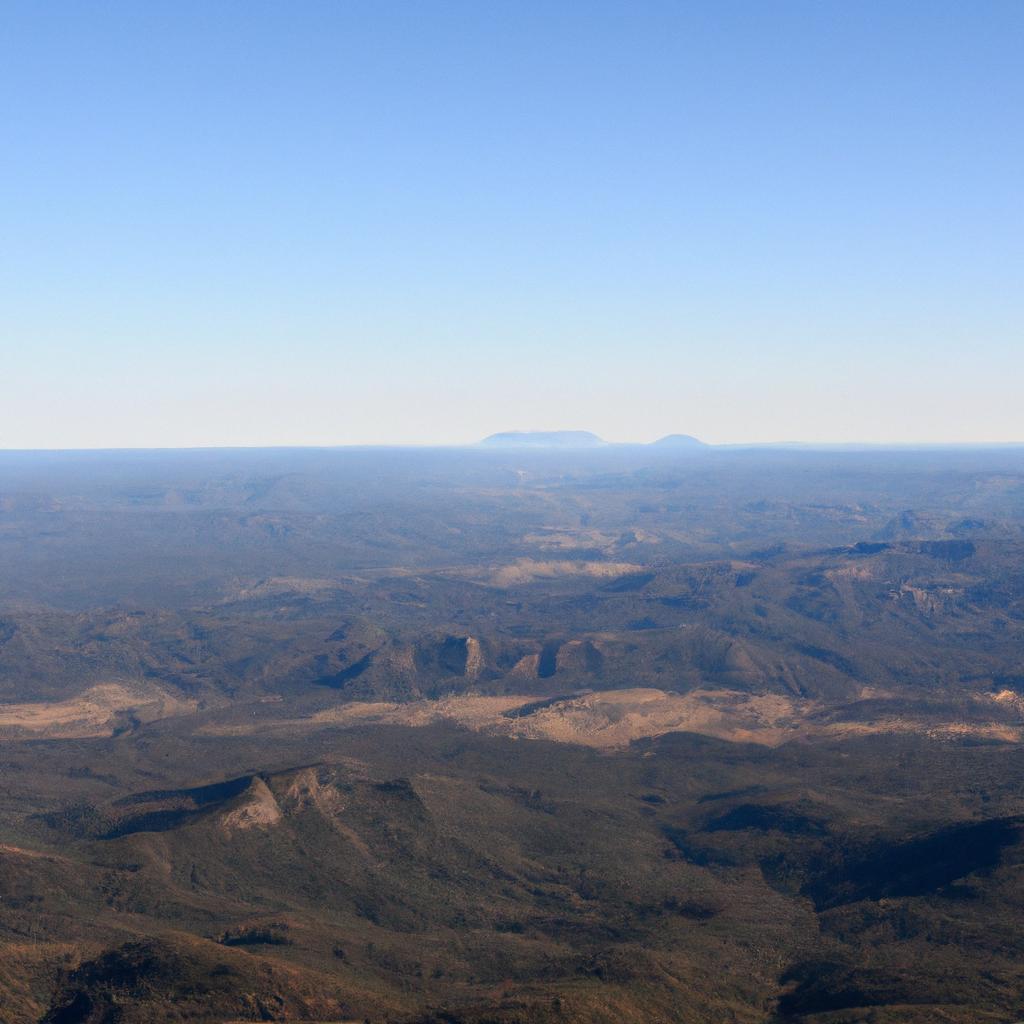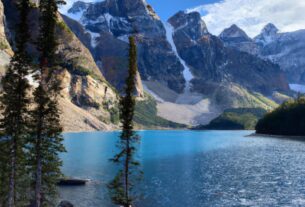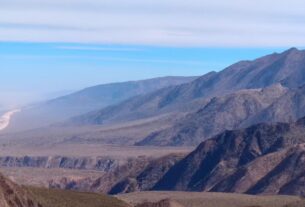The Great Dividing Range, stretching over 3,500 km from the northern tip of Queensland to the southern coast of Victoria, stands as one of Australia’s most significant natural landmarks. This majestic mountain range, the fifth-longest in the world, plays a vital role in shaping the geography, climate, and ecology of the Australian continent. In this article, we will explore the Great Dividing Range’s awe-inspiring features, historical importance, and its crucial role in Australian biodiversity and tourism.
Awe-Inspiring Geographical Features
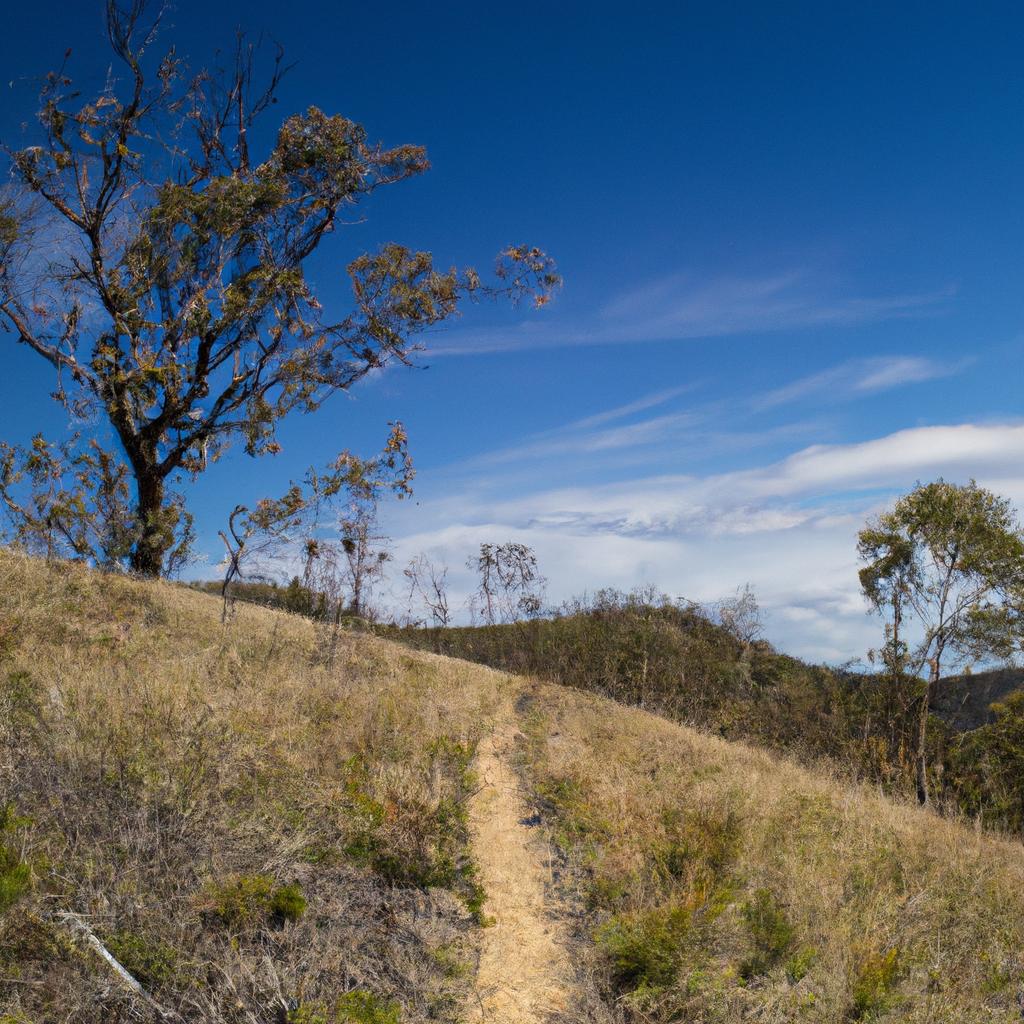
The Great Dividing Range captivates with its vast length and impressive width, averaging 200 km and reaching a maximum altitude of 2,228 meters at Mount Kosciuszko in New South Wales. The range is divided into distinct sections, such as the Eastern Highlands, Australian Alps, and the Northern Tablelands. Each section boasts unique terrains and vegetation, with the Eastern Highlands encompassing dense rainforests and the Australian Alps boasting snow-capped peaks and alpine meadows.
Alongside its visual grandeur, the Great Dividing Range shapes Australia’s rivers and waterways. Acting as a natural barrier, it prevents rainfall from reaching inland regions, resulting in the formation of the Murray-Darling Basin, Australia’s largest river system. Additionally, the range influences the continent’s climate, with the east coast experiencing higher rainfall and cooler temperatures, while the west coast remains drier and hotter.
This range’s unique geographical features have significantly contributed to the development of Australia’s rich flora and fauna, making it an essential part of the country’s biodiversity.
Historical Significance
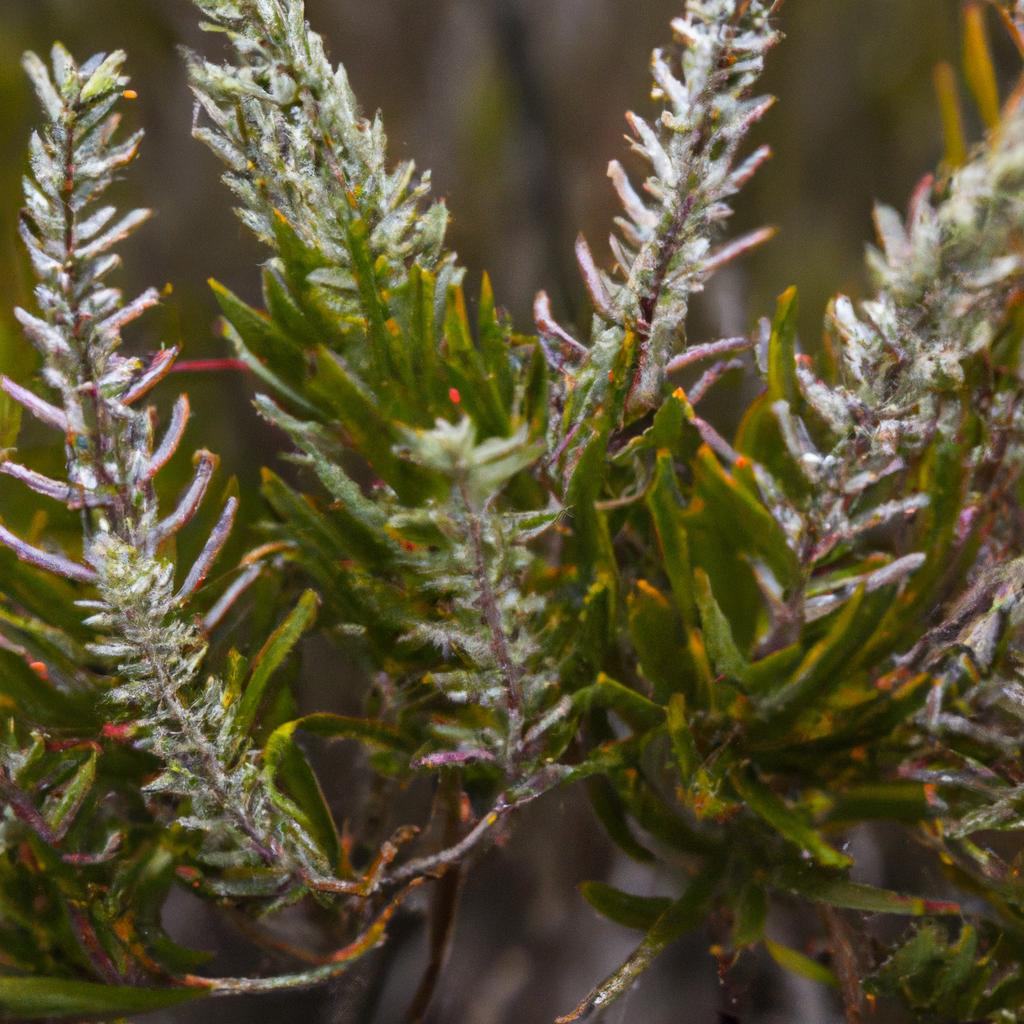
The Great Dividing Range has played a pivotal role in shaping Australia’s cultural and economic history. Over 60,000 years, various Aboriginal tribes have considered the range a sacred site due to its natural beauty and ecological significance. European exploration and settlement were challenging and dangerous due to the range’s formidable impediments.
However, the range also presented opportunities for economic growth. The discovery of gold in the 1850s initiated a gold rush in the region. Additionally, the range serves as a vital water source for agriculture and hydroelectric power, with numerous dams and reservoirs punctuating its length.
The historical significance of the Great Dividing Range has ingrained it into Australia’s national identity and cultural heritage, drawing millions of visitors each year. In the following sections, we will delve into the range’s biodiversity and the plethora of recreational activities it offers.
Biodiversity: Nature’s Masterpiece
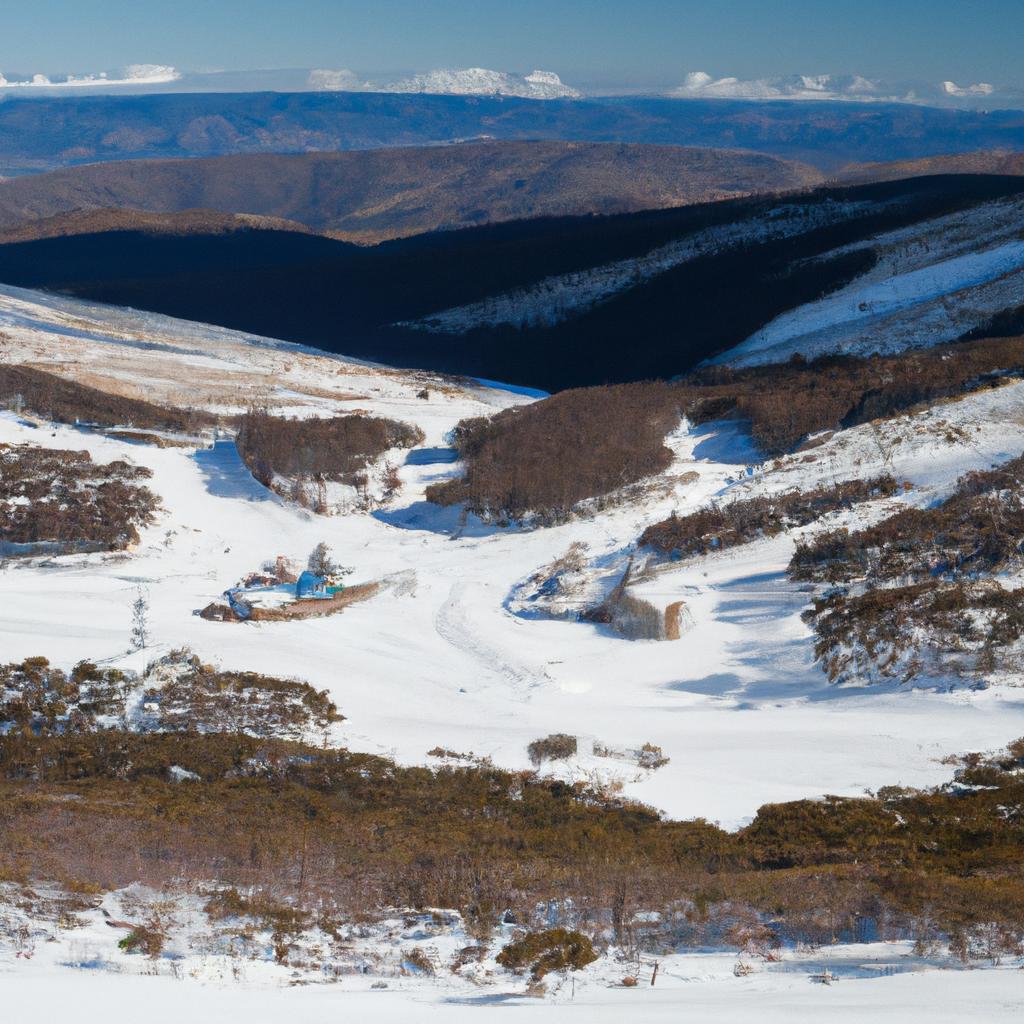
The Great Dividing Range is home to a remarkable array of flora and fauna, harboring many species found nowhere else on Earth. Its unique ecological niches have fostered the development of rare and endemic species like the mountain pygmy-possum, spotted-tailed quoll, and the giant barred frog.
Unfortunately, the range’s biodiversity faces threats from habitat destruction, climate change, and invasive species. The range’s rainforests and alpine ecosystems bear particular vulnerability, with many species teetering on the brink of extinction due to human activities.
To safeguard the Great Dividing Range’s biodiversity, extensive conservation efforts have been enacted, including the establishment of national parks and protected areas. The range’s remarkable flora and fauna make it a sought-after destination for nature lovers and wildlife enthusiasts, with abundant guided tours and nature trails awaiting visitors.
Recreation Amidst Natural Splendor
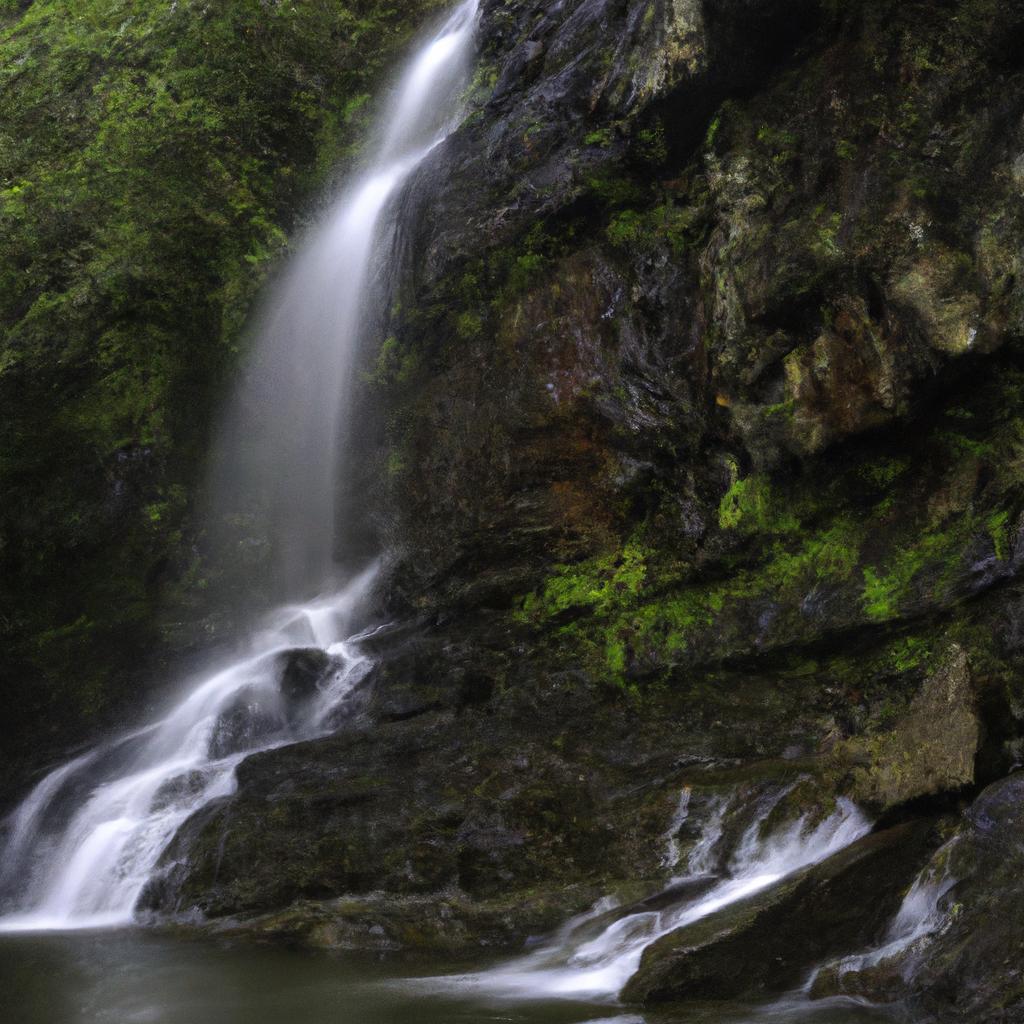
The Great Dividing Range offers a plethora of outdoor activities amidst its breathtaking scenery and diverse landscapes. Hiking and camping take center stage, featuring trails catering to all skill levels and campsites boasting awe-inspiring views of the range’s natural beauty.
The range’s snow-capped peaks in the Australian Alps beckon winter enthusiasts, offering a wonderland for skiing, snowboarding, and other exhilarating winter sports. Moreover, the Great Dividing Range presents opportunities for mountain biking, horse riding, and rock climbing. Visitors can engage in a host of outdoor adventures, heightening their appreciation for the range’s cultural significance and natural wonders.
In conclusion, the Great Dividing Range stands as a natural wonder that profoundly influences Australia’s geography, ecology, and economy. Its unique geographical features, historical importance, and astounding biodiversity have firmly entrenched it within Australia’s national identity and cultural heritage. The range’s myriad recreational activities and adventures attract nature lovers, wildlife enthusiasts, and thrill-seekers, significantly contributing to Australia’s thriving tourism industry.
As we revel in the Great Dividing Range’s splendor and allure, let us remember to respect its cultural and ecological significance. Experience this natural wonder and learn more at TooLacks, where we celebrate its beauty and encourage preservation for future generations.
